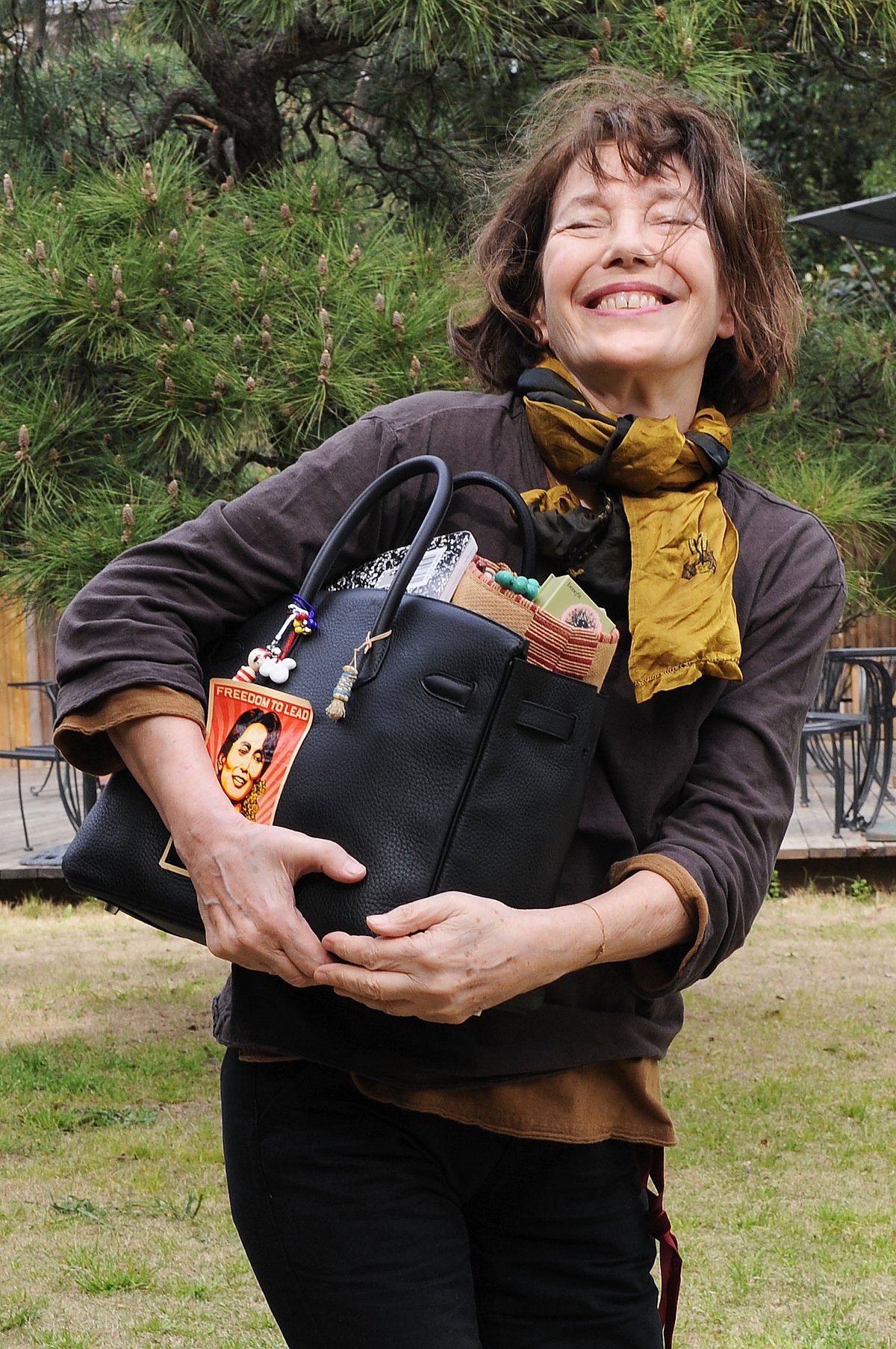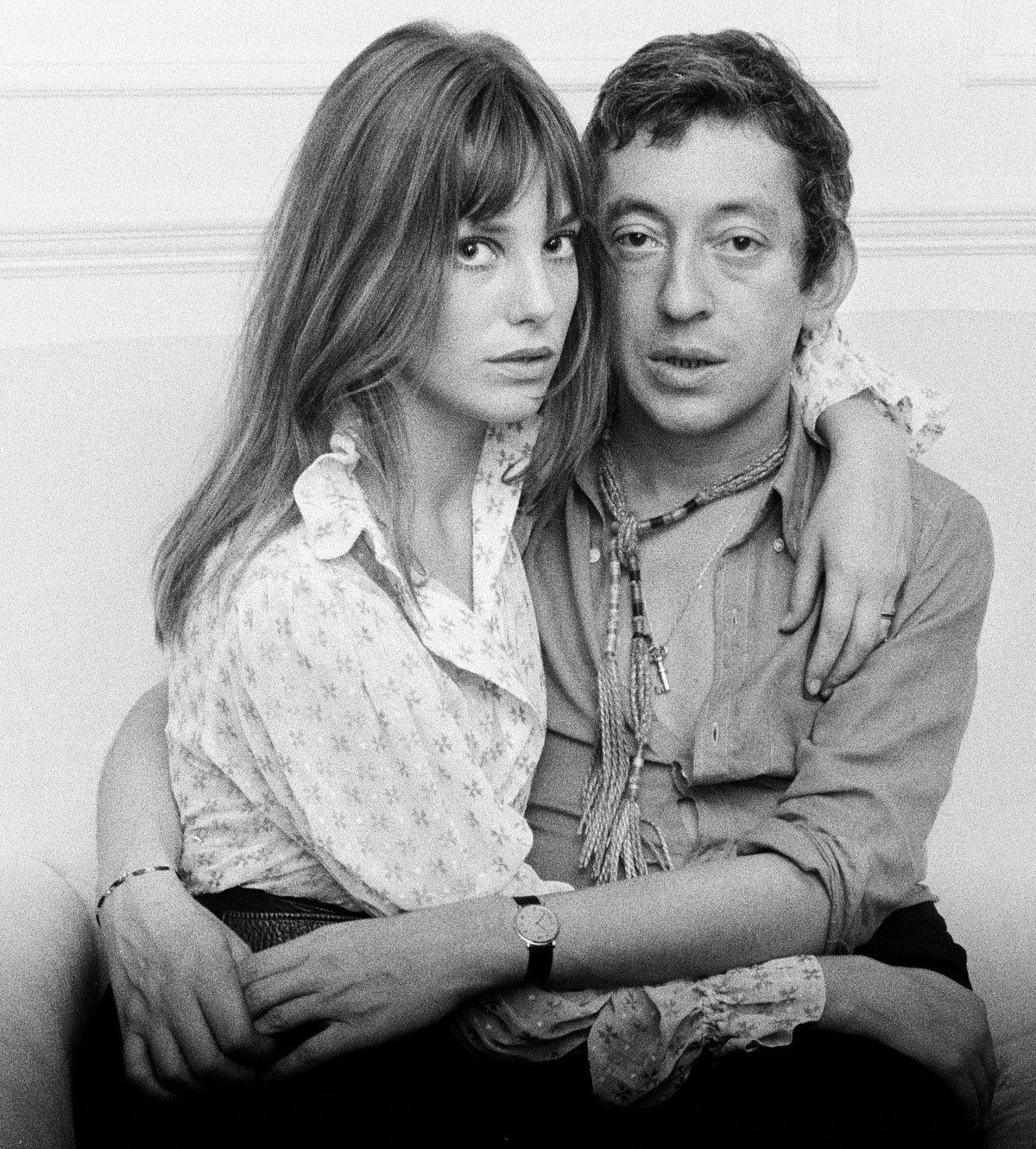Unravelling Jane Birkin: The forever-muse of fashion, film and music
Actor, singer and fashion inspiration for the ages, Jane Birkin passed away at 76 on July 16. She first shot into fame for the sensational hit 'Je T'aime... Moi Non Plus' with Serge Gainsbourg

“It’s not a bag, it’s a Birkin!” the character of Logan Huntzberger famously exclaimed to his unaware girlfriend in the show Gilmore Girls.
There are only a handful of celebrities in history who also become stars— Jane Birkin is one such multi-hyphenate enigma whose popularity and fandom only proliferated through the 76 years of her life, leaving behind a legacy that spans decades.
An actor, singer and fashionista, Birkin is perceived both as a vintage celebrity as well as a modern-day pop-culture icon. With an endearing gap-toothed smile, a turbulent love affair with renowned French singer-actor Serge Gainsbourg, two seminal films with the legendary Agnès Varda, an unique style that inspired the famed Birkin Bag by Hermès and an enchanting presence all her own, Birkin captivated audiences around the world and redefined the ‘muse’.
Birkin lived by Frida Kahlo’s declaration—I am my own muse, the subject I know best. “Real life was what I was best at,” she told Vogue in 2016. “I didn’t have confidence in movie cameras or on stage. But I did have confidence in what I wanted in real life. If I wanted to be barefoot and wear a mackintosh, I would do it. I didn’t give a hoot.”
Also Read: Actress and singer Jane Birkin dies aged 76
Born on 14 December 1946, in London, England, Jane Mallory Birkin grew up in a creative and bohemian household. Her father David Birkin was a Royal Navy officer during World War II and her mother Judy Campbell was an actor who was also known as British playwright Noël Coward’s muse.
Birkin's breakthrough came in the 1960s, when she appeared in a controversial nude scene in Michelangelo Antonioni's film Blow-Up (1966), which garnered critical acclaim and introduced her to the international film scene. In the following years, she played a small role in Warren Beatty’s Kaleidoscope (also 1966), played a model called Penny Lane in Joe Massot’s psychedelic drama Wonderwall (1968) and starred alongside Romy Schneider and Alain Delon in the psychological thriller Jacques Deray’s La Piscine (1969).
However, the real lynchpin of her career arrived in the form of French singer-songwriter-actor Serge Gainsbourg, who she met on the sets of Slogan (1969). Birkin and Gainsbourg’s long love affair evolved into one of the most fruitful creative partnerships the industry has known. Together they produced the sultry love song 'Je t'aime...moi non plus’, which is rumoured to have been recorded during a moment of intimacy between them. The song was banned in several countries, including the United Kingdom, and criticised by the Vatican—which only aided its popularity, making it a chartbusting global sensation and the most-played non-English language song of that decade.

The song became a cultural phenomenon, cementing Birkin's status as a symbol of sexual liberation and artistic audacity. “When I die, that’ll be the tune they play, as I go out feet first,” Birkin had said following the song’s release, foretelling its larger-than-life impact. The two lovers later released an album of their songs called Jane Birkin/Serge Gainsbourg, with ‘Je t'aime... moi non plus’ as the lead track; the duo also made the eponymous film in 1976.
Unfazed by their age gap (Birkin was 21 when she met 40-year-old Gainsbourg), the public declared them the ‘it couple’ of Europe and beyond. Since their first collaboration, they went on to make more music and were featured in several iconic magazine shoots throughout their relationship. The two also had a daughter, Charlotte Gainsbourg, who would go on to become a successful actress and singer in her own right.
As for the Birkin Bag that Hermès named after her, it summarise the cultural and economic weight of that Jane carried by 1984—and she owed it in part to her daughter, for she was searching for a holdall big enough for a mother yet stylish enough for Birkin, when she encountered Jean-Louis Dumas, head of the fashion house, on a flight! Priced between $10,000 and $250,000, the bag soon became an enduring fashion statement and a sign of opulence, accessible to only a select few. The most sought-after bag of all time, each Birkin bag takes expert artisans a minimum of 18 hours to create and is marked with a code that identifies its year of creation, the workshop it was crafted in and the artisan who made it.

The power couple of Birkin and Gainsbourg, though, separated in the 1980s. however, they continued to collaborate artistically and sing each other's tunes until Gainsbourg’s death in 1991. Birkin continued to pursue her musical career after his death, releasing A la Legere (1998), writing the album Arabesque (2002) and publishing a collection of live recordings titled Jane at the Palace (2009).

Although inextricably linked to Gainsbourg, Birkin’s individuality and charm shone through into everything she touched. Some of her well-acclaimed films include Death on the Nile (1978), Evil Under the Sun (1982), Jean-Luc Godard’s Keep Your Right Up (1987), and Varda’s Kung-Fu Master! (1988). But it was Varda’s raw and pedantic documentary Jane B for Agnès V which solidified Birkin’s star status. Playing herself, through the eyes of Varda, Birkin was seen gliding through musings on her own life in the documentary.
Birkin had been struggling with several health issues for a while—in 2002, she was diagnosed with leukaemia, and then suffered a mild stroke in 2021 due to heart problems that had plagued her through the previous years.
She is survived by her two daughters Charlotte and Lou, six grandchildren, her brother Andrew and her sister Linda. The French Culture Ministry on Sunday, 16 July, reported her death as the loss of a timeless Francophone icon.
As the world bids farewell to the trailblazing Jane Birkin, her life is best remembered by her own words: Who wants an easy life? It's boring!
Follow us on: Facebook, Twitter, Google News, Instagram
Join our official telegram channel (@nationalherald) and stay updated with the latest headlines